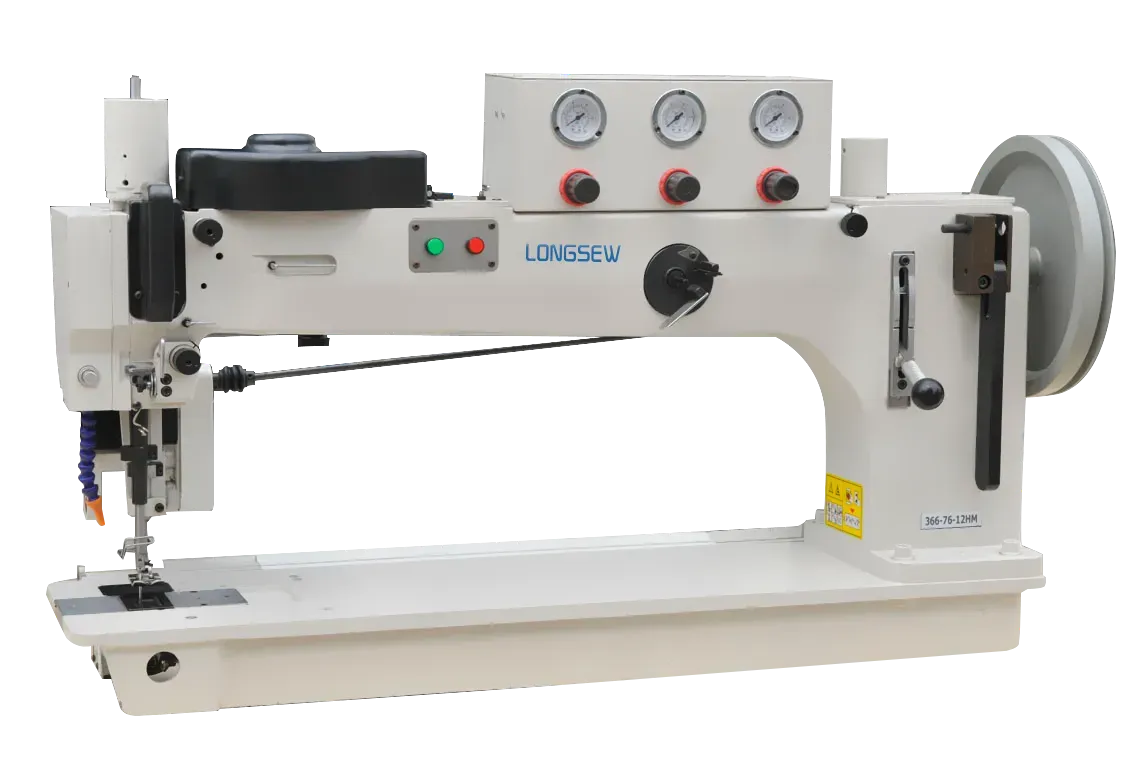Understanding the Functions and Benefits of a Serger Sewing Machine for Your Projects
Understanding What a Serger Machine Does
A serger machine, also known as an overlock sewing machine, is an essential tool for both amateur and professional seamstresses. While traditional sewing machines are primarily used for stitching fabrics together, serger machines serve a more specialized purpose. They are designed to provide a clean, finished edge to fabric, ensuring that seams do not fray or unravel. This article delves into the various functions of serger machines and how they can enhance your sewing projects.
The Basic Functions of a Serger Machine
One of the primary tasks a serger machine performs is trimming the edges of fabric as it sews. This simultaneous action not only creates a neat edge but also eliminates excess fabric, making it ideal for projects that require precision. The serger uses a unique combination of needles and loopers to create multiple thread paths, which results in strong and flexible seams. Most serger machines use four threads, allowing for a variety of stitch options, including overlock stitches, rolled hems, and flatlock stitches.
Finishing Edges
A serger's ability to finish edges is perhaps its most notable feature. When working with fabrics that tend to fray, such as knits or sheers, a serger is indispensable. The machine encases the raw edges of the fabric in thread, preventing any loose fibers from escaping. This not only gives garments a professional appearance but also significantly increases their durability. When sewing for personal use, commercial production, or crafting, the serger can dramatically cut down on finishing time.
Handling Stretch Fabrics
what does serger machine do

For those who enjoy working with knit fabrics, a serger machine is particularly advantageous. Traditional sewing machines can struggle with stretch fabrics, leading to puckering or popping seams. The overlock stitch produced by a serger machine is designed to allow for some stretch. This makes it perfect for sewing activewear, fitted garments, and any project where flexibility is key. The differential feed feature present in many sergers helps to manage fabric movement, eliminating issues like stretching or bunching.
Versatility in Stitching
Serger machines offer a range of stitching options that traditional sewing machines do not. Beyond basic overlocking, users can create rolled hems, which are particularly useful for lightweight fabrics, and flatlock stitches, which are great for joining seams. Many sergers also have the capability to perform coverstitching, which is often used in the hems of T-shirts and activewear. This versatility allows sewists to tackle various projects, from simple alterations to complex garments.
Speed and Efficiency
Time efficiency is another significant advantage of using a serger machine. Since a serger can trim and finish seams simultaneously, it can complete tasks much faster than a traditional sewing machine, which often requires multiple steps. This speed can be particularly beneficial in a production setting or for individuals working on large sewing projects.
Conclusion
In summary, a serger machine is a powerful tool for anyone serious about sewing. Its ability to trim, finish seams, and work with stretchy fabrics makes it invaluable in producing professional-quality garments. The versatility and efficiency it offers can transform the way sewists approach their projects, ensuring that their creations are not only beautiful but also durable. Whether you're a hobbyist looking to enhance your skills or a professional seeking the best tools for your craft, understanding what a serger machine can do is essential for any sewing enthusiast.
-
Leather Sewing Machine: The Industrial Standard for Tough MaterialsNewsJul.18,2025
-
Sail Making Machine: Heavy-Duty Stitching for Industrial and Marine NeedsNewsJul.18,2025
-
Sling Sewing Machine: The Backbone of Heavy-Duty FabricationNewsJul.18,2025
-
Leather Sewing Machine: Precision for Heavy-Duty StitchingNewsJul.18,2025
-
Big Bag Sewing Machine: Powering the Future of Bulk PackagingNewsJul.18,2025
-
FIBC Sewing Machine: Essential Equipment for Bulk Bag ProductionNewsJul.18,2025
-
Heavy Duty Leather Sewing Machine: A Must-Have for Professional LeatherworkNewsMay.28,2025





























